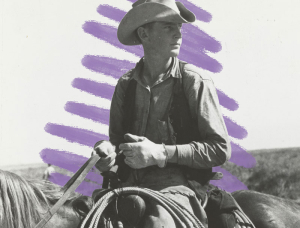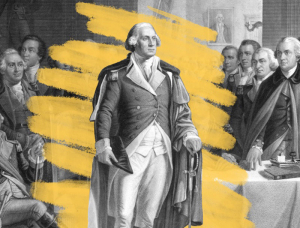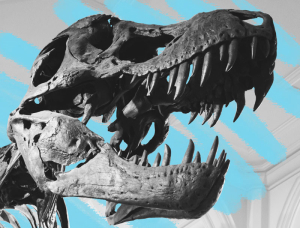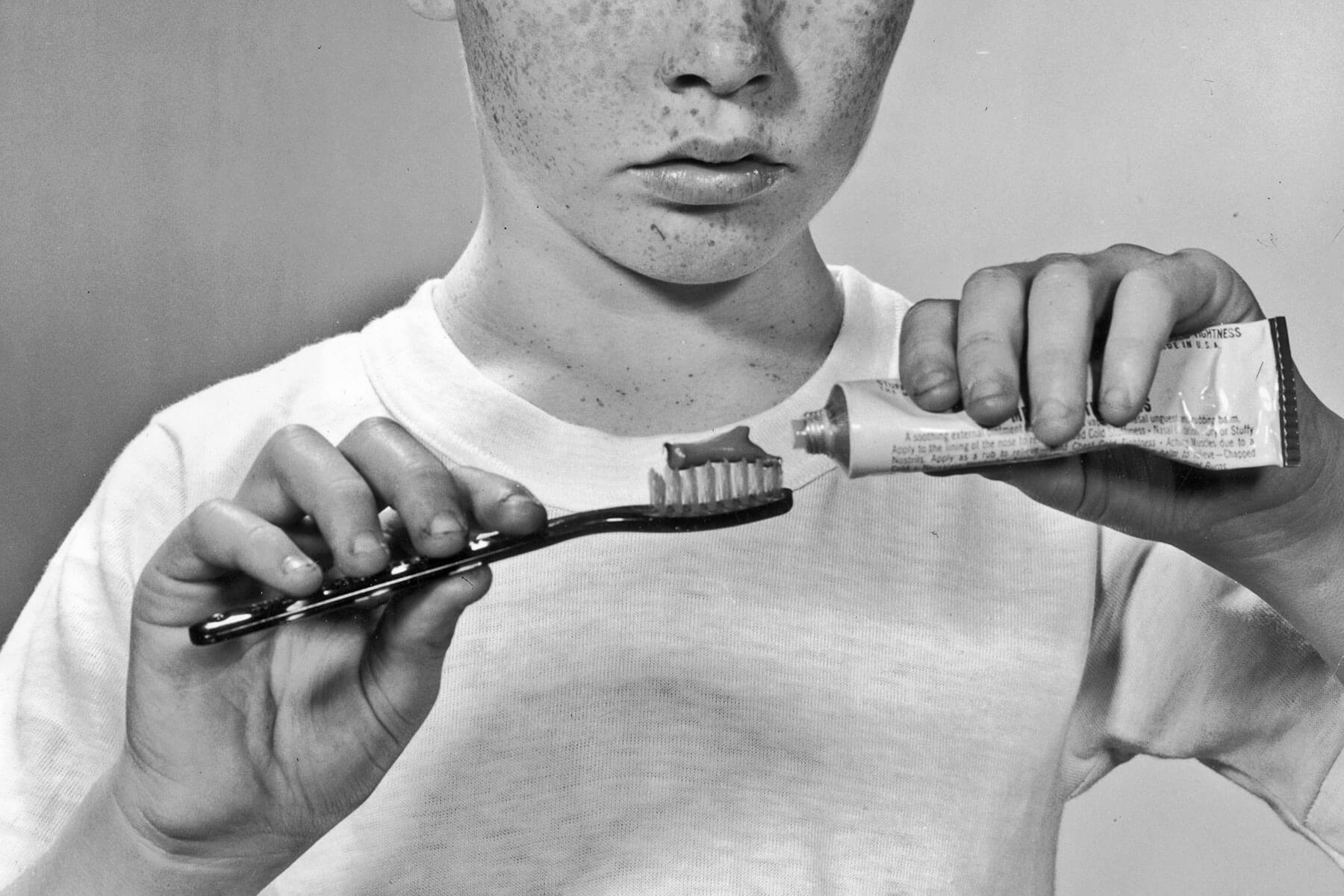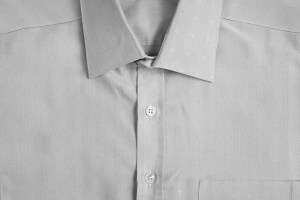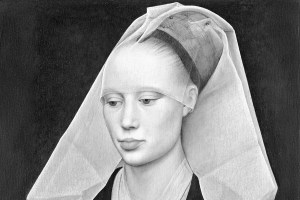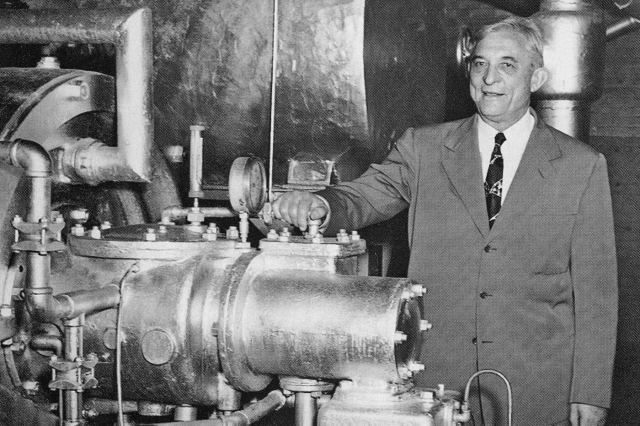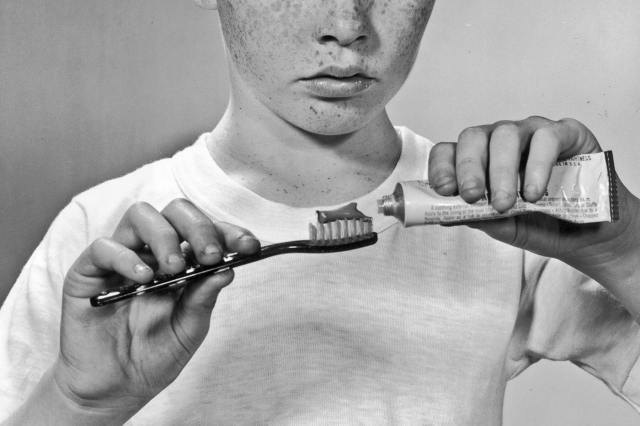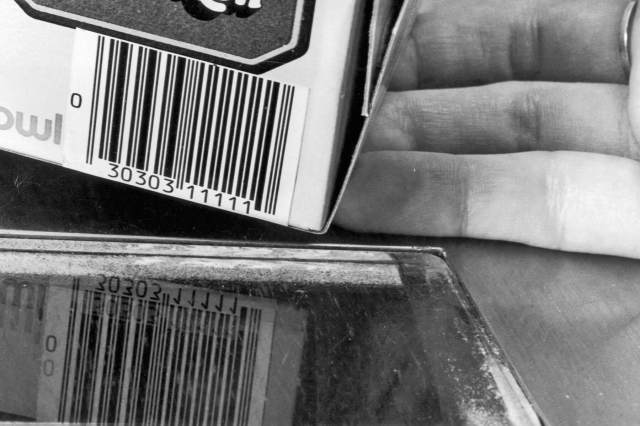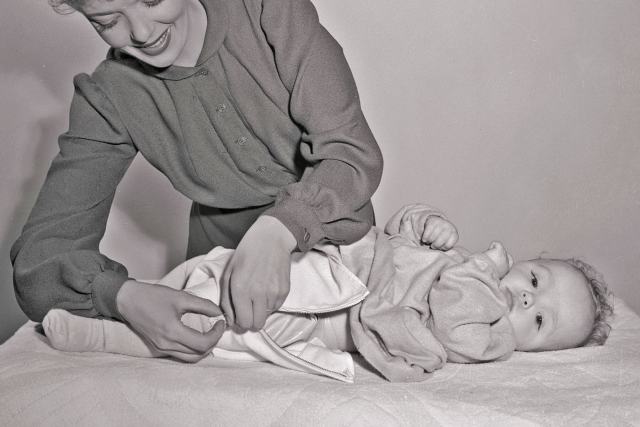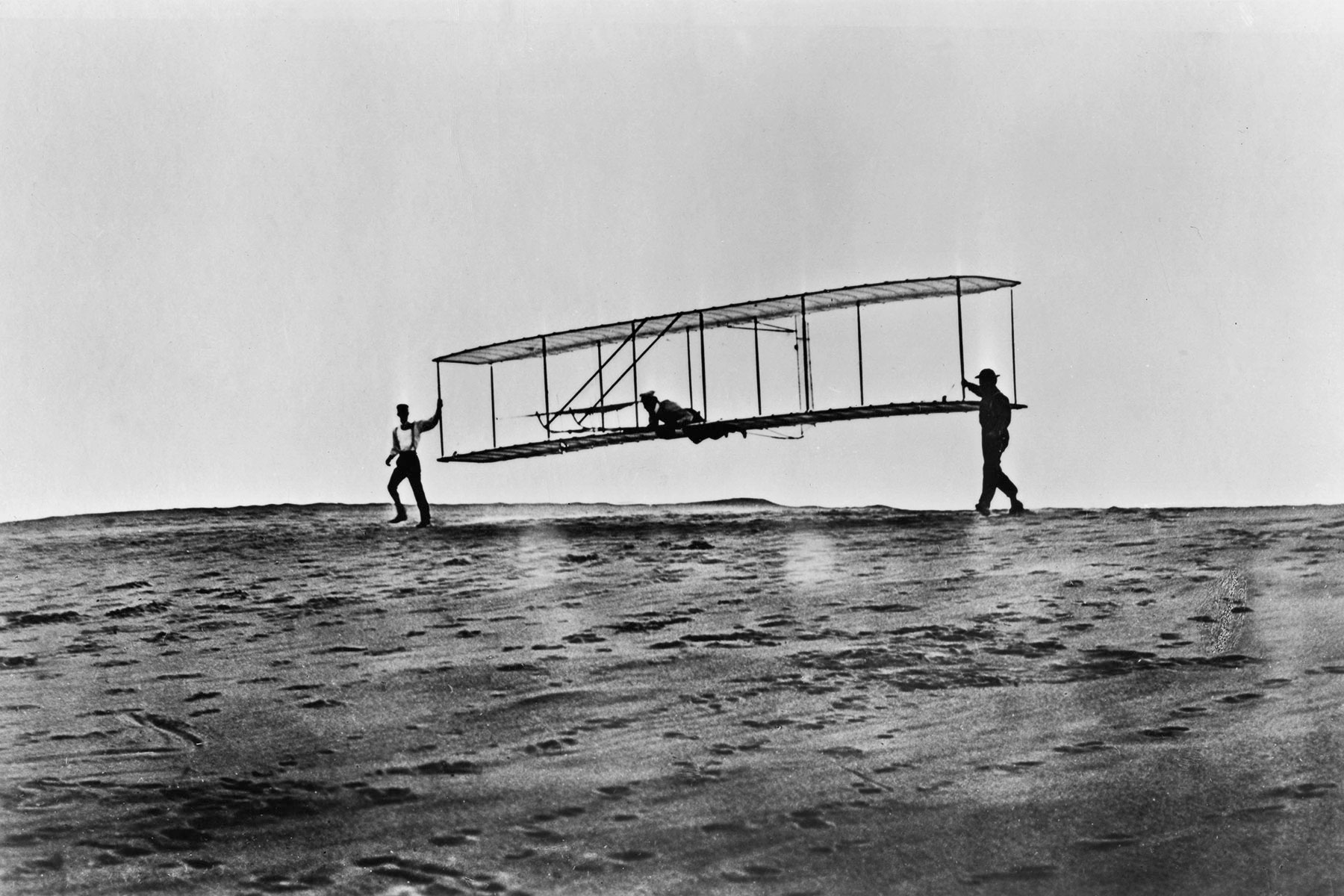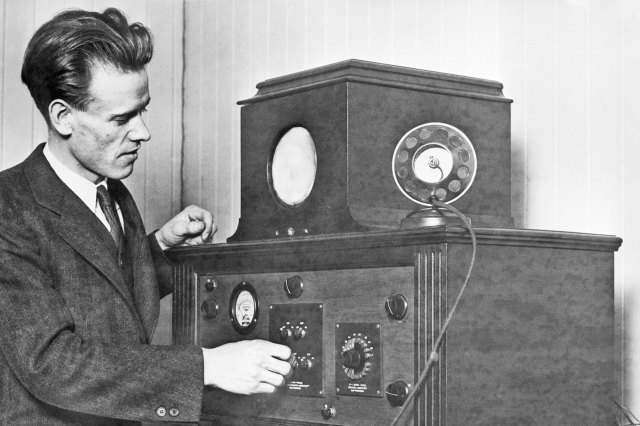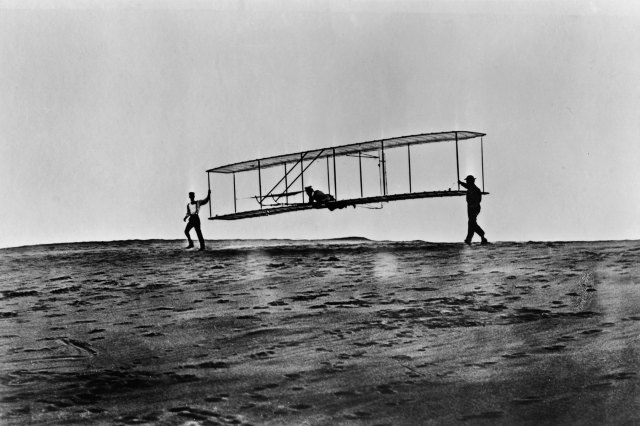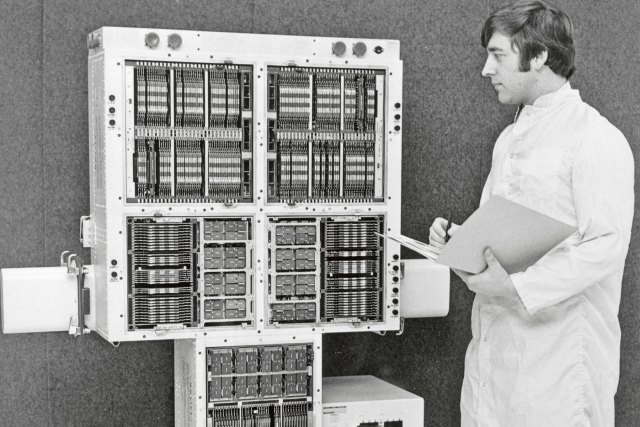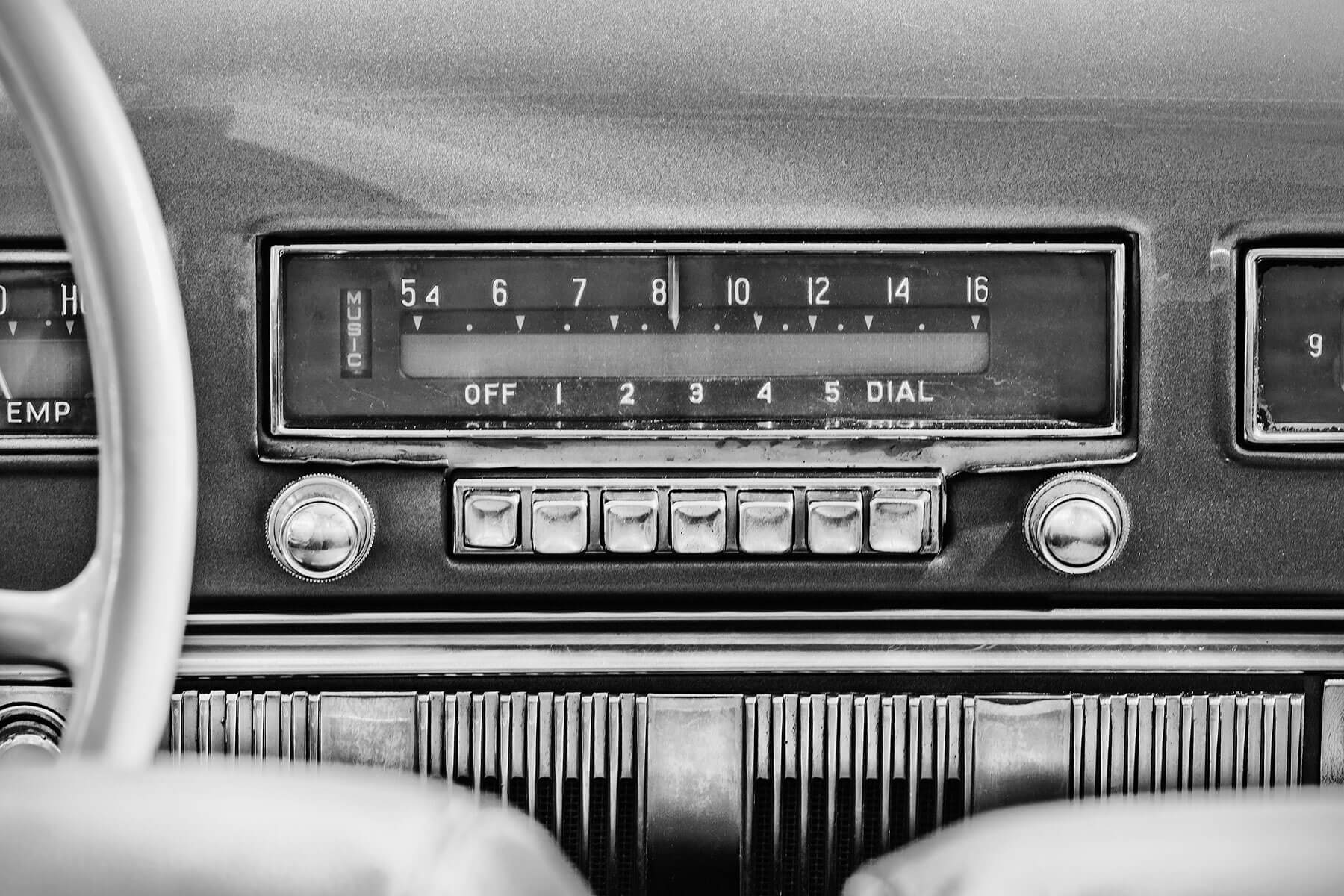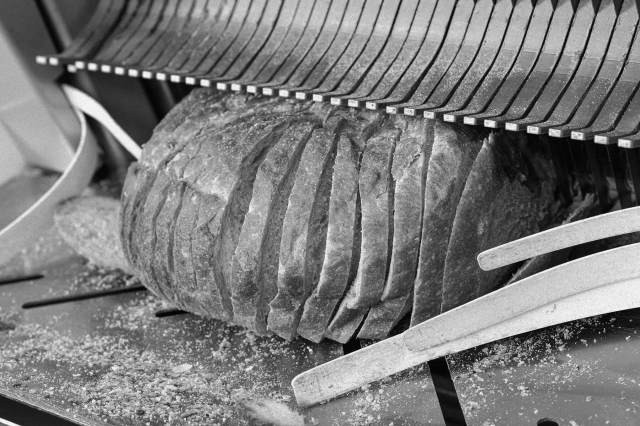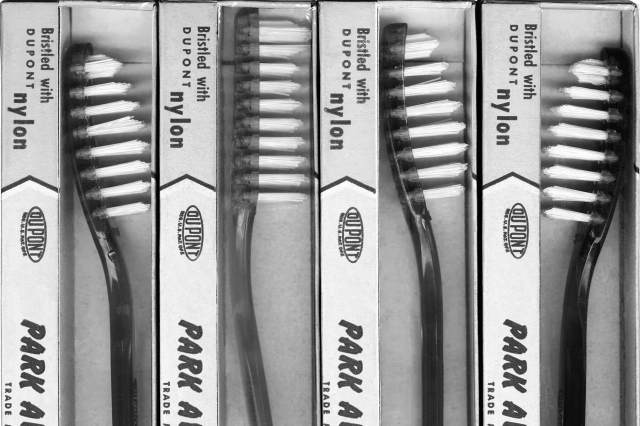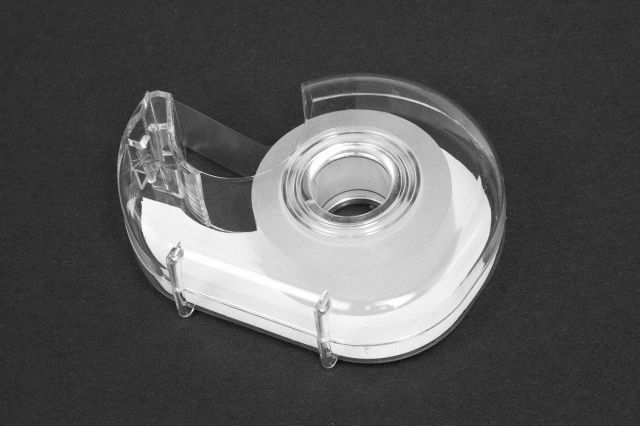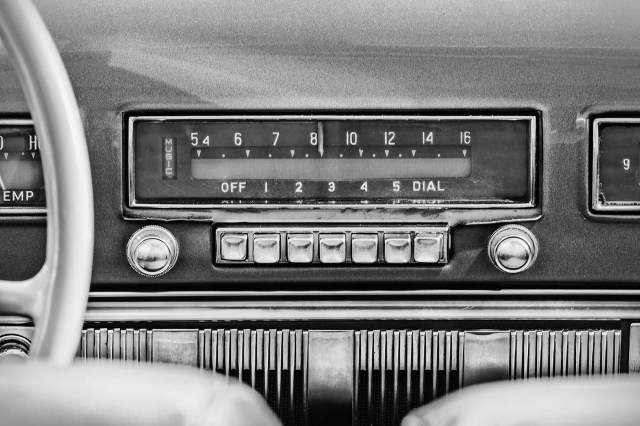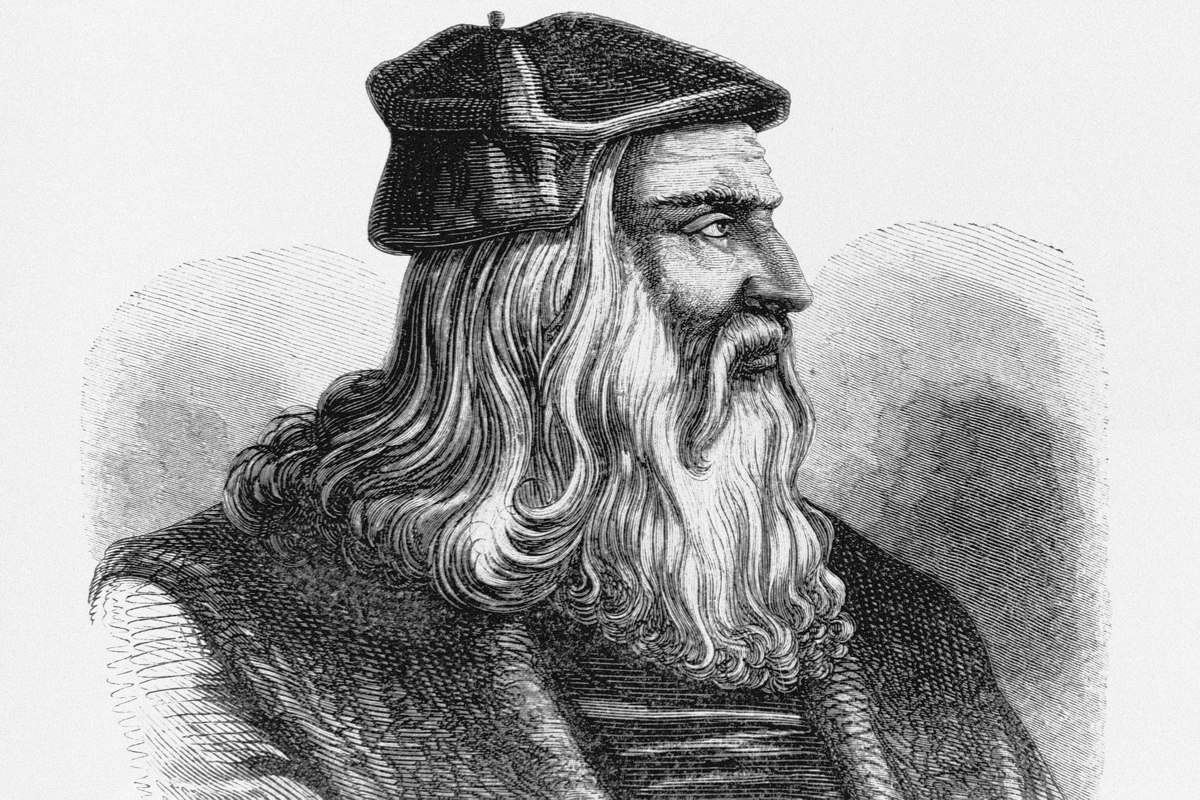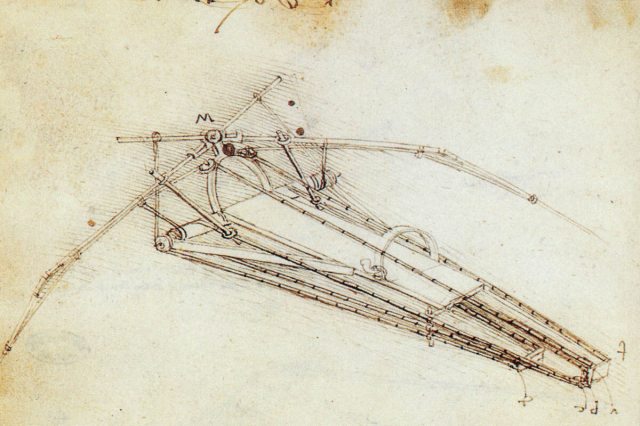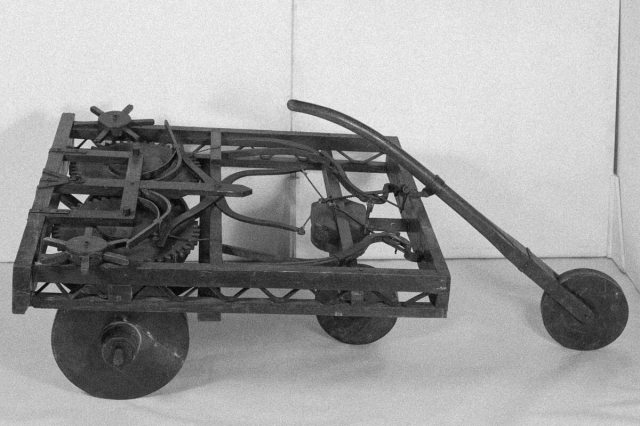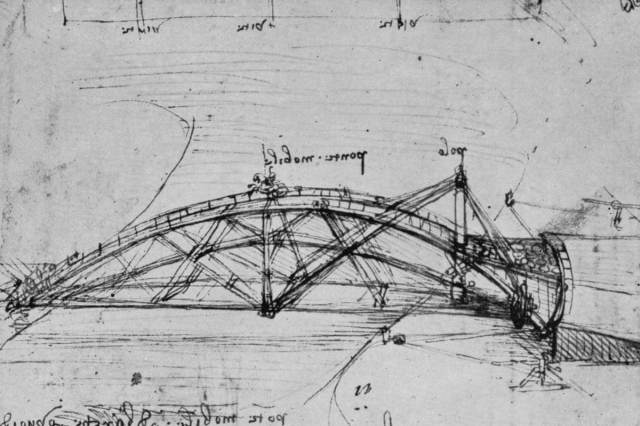The Surprising Origins of 6 Everyday Objects
The objects we use in our everyday lives can easily be taken for granted. Simple conveniences such as lighting or the cars that get us from point A to point B are so ingrained in the day-to-day that we don’t stop to think about what life would be like without them — let alone how they even got here in the first place.
Some stories are more familiar than others: Thomas Edison famously toiled for years (and built on the work of others) before finalizing the first practical incandescent lightbulb, while Karl Benz’s 1901 Mercedes became the prototype for all modern cars that followed. But what about our toothbrushes? Air conditioning? Or the most vital of daily tools, the intangible but indispensable Wi-Fi network? Read on to learn about the surprising origin stories of six everyday objects.

The Basis for Wi-Fi Was Invented By a Hollywood Starlet
The invention of Wi-Fi has sparked plenty of debates and disputes over the years. Various individuals and organizations contributed to its development, and while the specific inventor of Wi-Fi is a matter of contention, one unexpected notable figure played a significant role in laying the foundation that made it possible: actress and inventor Hedy Lamarr.
Lamarr is known for her Hollywood career in the 1930s and ’40s, but her accomplishments went beyond the silver screen. During World War II, she teamed up with composer George Antheil to create a secure communication system that would prevent signal interference by enemy forces. This “frequency hopping” system was intended to guide torpedoes, and is widely considered the precursor to not only Wi-Fi, but GPS and Bluetooth technologies as well. However, Lamarr and Antheil’s patent expired before it got used, and only in modern times is the actress receiving the credit she deserves for enabling these transformative technologies.
